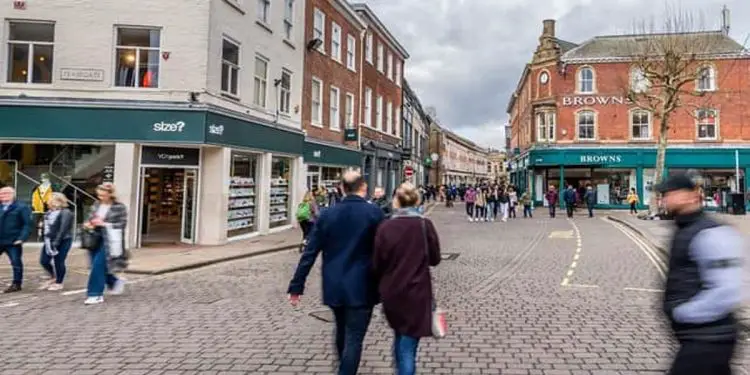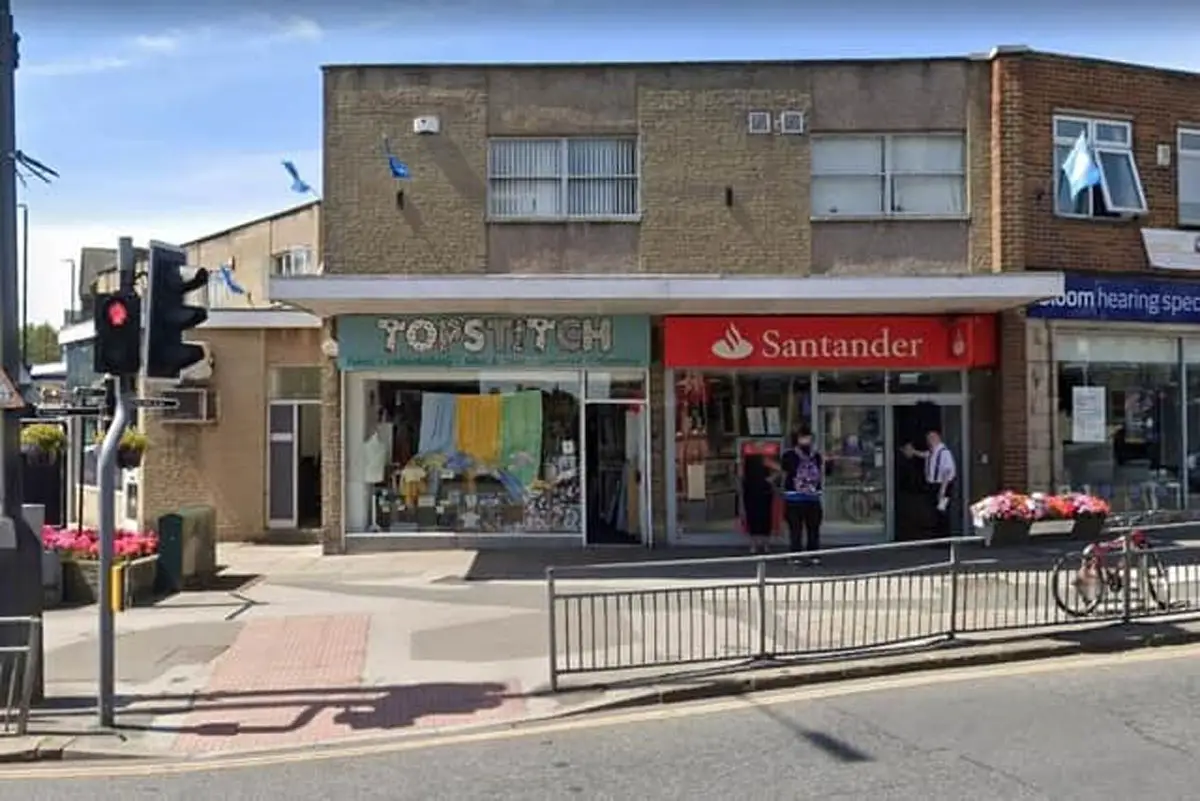A Yorkshire Business Owner’s Guide to Google Maps Marketing

For Yorkshire businesses, connecting with local customers is crucial for success. Whether you’re a shop in Leeds, a café in York, or a tradesperson serving rural communities, Google Maps is essential. This guide helps Yorkshire business owners leverage Google Maps marketing to attract more customers and grow.
Why Google Maps Matters: The “Near Me” Revolution
People increasingly use “near me” searches on their smartphones to find businesses instantly. If your business isn’t visible on Google Maps, you’re missing out on customers ready to buy. Google prioritises local results, so even small businesses can compete. A well-optimised Google Maps listing puts you front and centre when customers search for what you offer.
Optimising Your Google Business Profile (GBP): Your Digital Shopfront
Your Google Business Profile (formerly Google My Business) is your key to Google Maps. Think of it as your digital shopfront. Here’s how to make it shine:
● Claim and Verify: Claim and verify your listing on Google to control the displayed information.
● Accurate NAP: Ensure your Name, Address, and Phone number (NAP) are accurate and consistent across all online platforms.
● Compelling Description: Write a clear, concise, and engaging description highlighting what makes your business unique.
● High-Quality Photos: Showcase your business with attractive photos of your storefront, interior, products, and team.
● Encourage and Respond to Reviews: Encourage satisfied customers to leave reviews, and respond to all reviews professionally.
● Q&A Section: Monitor and answer questions in the Q&A section to provide helpful information.
● Opening Hours: Keep your opening hours updated, especially for holidays.
Getting Found in the “Local Pack”: Ranking on Google Maps
The “Local Pack” displays the top 3 local businesses in Google Search and Maps. Ranking here is crucial. Key factors influencing your ranking:
● Relevance: How well your listing matches the customer’s search.
● Distance: How close your business is to the customer.
● Prominence: How well-known your business is online, based on information, reviews, and activity.
Tips to improve visibility:
● Complete Your Profile: The more complete your profile, the better.
● Use Relevant Categories: Choose the most accurate categories for your business.
● Post Regularly: Share updates, offers, and events using the “Posts” feature.
● Build Citations: Ensure NAP consistency across online directories.
● Get Local Links: Obtain links to your website from reputable local websites.
Beyond the Listing: Engaging Customers
Use Google Maps features to engage customers:
● Messaging: Enable messaging for direct contact.
● Bookings: Integrate online booking for appointments.
● Updates: Keep your profile updated with news and offers.
Tracking Your Performance
Google provides insights into how customers find and interact with your profile. Track metrics like:
● Views: Profile views.
● Searches: How people find your business.
● Actions: What actions people take (website visits, calls, directions).
Use these metrics to refine your strategy.
A Yorkshire Advantage: Connecting Locally
Highlight your local connection:
● Use Local Keywords: Incorporate Yorkshire place names and phrases.
● Showcase Community Involvement: Highlight participation in local events and charities.
● Embrace Yorkshire Pride: Authenticity and local cultural connections resonate strongly.
By mastering Google Maps marketing, Yorkshire businesses can effectively attract local customers, build awareness, and achieve growth.
When to Consider Professional Help
While this guide provides essential strategies, some businesses, particularly those in competitive sectors like dental clinics, restaurants, and e-commerce, may benefit from partnering with an SEO agency.










